The main aim of any startup with a full-featured product is to provide users with a tool that solves their pains. Before launching the project, it is crucial to check if the audience really needs this new product. How? By using the minimum viable product (MVP) concept, a key part of the "lean startup" strategy.
So, why build an MVP? The great thing about the MVP approach is that it can be applied to creating products in any field. It's especially popular with startups focusing on digital services and software development. The concept is straightforward: you create a basic version of your product or service, and then you let customers try it out for themselves. You observe how they use it, and then you analyze the results.
In this article, we'll be exploring the 5 main reasons why startups find MVP implementation so essential! It's like having a practical guide for making the best choices – from understanding what the market wants to making the most of limited resources! We're going to show you why MVP is a transformative approach for startups, helping them to survive and stand out in the competitive world of innovation and business.
Let's get started!
What does MVP stand for in startup software development?
A minimum viable product (MVP) is a basic version of your product with just the main features. You check its usefulness and relevance by getting feedback from real users.
MVP startup software development helps you gather feedback from real users to determine if your product interests them and what they need. Once you collect feedback, you improve the successful features through testing. If the users like it, you can start adding features to your MVP and launch it in the market.
Read also: 10 Main Benefits of Minimum Viable Product (MVP) Development for Startups in 2025
Is it a good idea to invest resources in making an MVP?
It is a lengthy process, from the idea of a new product to its successful launch. So, building an MVP helps you:
- Save money by avoiding investment in an unprofitable project.
- Gauge the market to see if there’s demand for your product.
- Understand how interested users are in your product.
- Figure out the best direction for development through iterations.
- Build a base of potential customers and early supporters for the new product.
And now, let’s take a closer look at all the benefits of startup MVP development.

Why should you invest in a minimum viable product?
Starting a business can be challenging, with around 90% of startups facing the risk of failing. But do not let that discourage you! MVP development for startup can significantly increase your chances of success.
In a world where resilience is vital, the MVP is a secret weapon that helps startups learn and adapt quickly. So, instead of being scared off by the high startup failure rate, use the MVP approach to turn potential setbacks into stepping stones for your business.
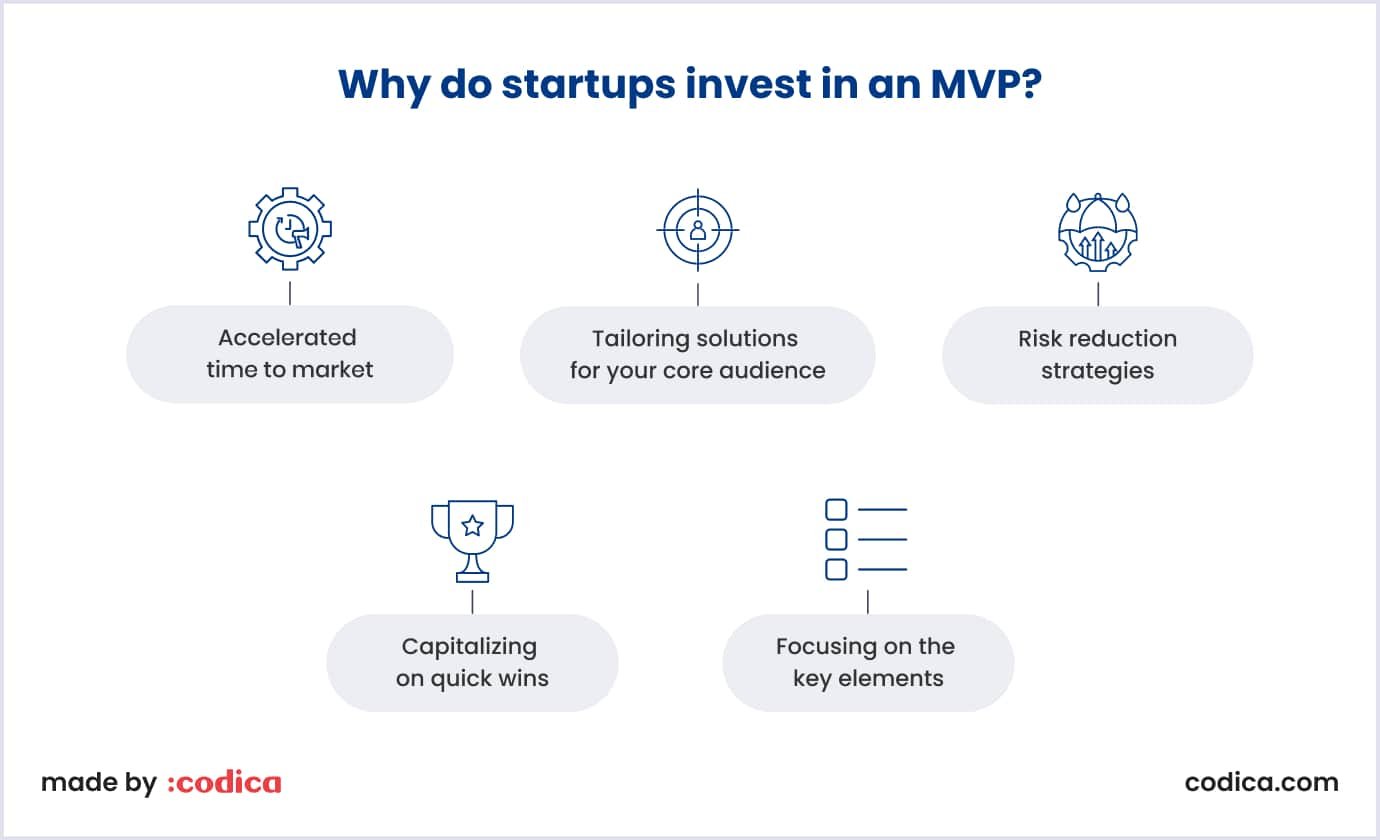
People often invest in startup MVP development for several reasons:
1. Accelerated time to market
Time to Market (TTM) means the time taken to develop a product right from ideation up to its launch. Since we are living in a world where consumer needs and preferences change so fast, having speed in mind while trying to bring a product to the market is pivotal in business.
- Developing a Minimum Viable Product (MVP) allows you to swiftly test your ideas and address user needs. If your solution resonates with consumers, you can capture market share before competitors even finalize their offerings.
- Launching an MVP provides the opportunity to collect feedback from real users. This input is invaluable for refining your product. You’ll quickly learn what works and what doesn’t, enabling you to make informed adjustments rather than relying on assumptions.
- Focusing on an MVP helps you avoid unnecessary expenditures during development. By concentrating on only the essential features needed to test your idea, you can streamline your efforts and reduce costs.
- By launching an MVP, you can start building a community of users around your product. Early adopters often become your most loyal customers, and their experiences can help you attract new users through positive word-of-mouth and testimonials.
It means you get to identify the core features that will solve users' needs and help them get to market faster with an MVP. Implement Agile methodologies so you can make quick adjustments and improvements based on user feedback. Finally, engage early users for testing, find the flaws, and make necessary adjustments before launching it to a wider audience for a smoother rollout!
2. Tailoring solutions for your core audience
Understanding the target audience involves creating a solution that attends to the needs and preferences of users you are targeting. In other words, a product will only have relevance with users if it is crafted towards solving user needs. And here are the benefits for solution tailoring:
- This narrow focus on the needs of your core audience allows for a product that directly solves the challenges of those target users. As a result, this leads to increased user satisfaction due to the belief among customers that they have been targeted in designing the product.
- When users see that a product is tailored to their needs, they are more likely to use it habitually. This habitual usage breeds loyalty whereby satisfied customers tend to return to products which understand and cater to their needs.
- With a well-defined audience, one can be more focused on marketing efforts. You could also develop messaging and campaigns for the direct interest and concern of your core users; this would make your marketing so much more effective and efficient.
- First-order validation by your target audience mitigates any risk of building the wrong product. Getting your solution to fit ensures that your solution solves real-life users' problems, increasing your chances of success.
There's nothing more important than working your solution to fit the needs of your core audience when it comes to making a successful MVP. Get to know your users inside out and design your product with their specific needs in mind, and you'll see user satisfaction, loyalty, and engagement skyrocket. Not only will your success rate soar, but you'll also build a strong bond between your product and your users. This can lead to more sustainable growth and continuous innovation.
MVPs zero in on the core needs of your users. Startups make sure their initial product hits the mark with the user by focusing on the most needed features. This is the best way to work out a product people really want!
3. Risk reduction strategies
There's no better way to reduce the risks associated with product development than by investing in an MVP. By using the essential features, you can test your core concept in the market without tying up major resources at the outset. This allows you to realize potential pitfalls well in advance, putting you on a more informed path towards scaling your product.
- Launching an MVP enables you to avoid costly mistakes that inevitably come with fully developed products. Testing of the simplified version may show what works and what does not, saving your investment.
- With an MVP, one can perform fast pivoting due to feedback from valued users. If assumptions made at the beginning of the project turn out to be wrong, changing one's approach toward the product will not be highly damaging.
- Nobody is surprised by risks when one demonstrates an understanding of them and, more importantly, a structured approach to mitigate those risks. This helps build confidence among stakeholders and investors in your project because you are prepared for any eventuality, and they are more likely to support your project.
- Your focus on user feedback during the MVP phase could help you fine-tune your product toward user needs. It helps achieve a proactive attitude toward obtaining higher satisfaction and loyalty.
- In case of a defined risk management plan, you are in a position to speed up development cycles for quick releases. To expect the challenges means not to be late and to save the project timeline.
To reduce risks, you need to analyze them. This means looking at financial, technical, market, and operational risks. You also need to see how likely they are to happen and what impact they would have. Once you know what the risks are, make a plan to deal with them. This might mean changing your strategy or doing more research. Test your plan to make sure it works well. Use Agile to make changes often and update your plan when you get new information.
4. Capitalizing on quick wins
Quick wins refer to the objectives or milestones that one attains with much ease and whose benefit can be realized immediately. In relation to developing an MVP, capitalizing on quick wins involves identifying and implementing features or enhancements that can quickly illustrate value for users and stakeholders.
- Achieving quick wins can create positive momentum for your project. Success, no matter how small, motivates your team and builds confidence among stakeholders that progress is being achieved and renews the commitment towards the vision.
- Quick wins can be delivered to increase investors' and stakeholders' confidence in delivering their proposals. When the investors and stakeholders see that in this short time, something tangible is materializing, they are more likely to support further development with the required resources.
- Quick wins serve to position your brand in the market early on. Meeting specific user needs quickly will help you start to build up a user base and create a buzz about your product, important for long-term success.
Time to capitalize on quick wins. Be sure to clearly state attainable objectives in line with your overall goals, and make sure they can be completed within a short period of time. Now, focus on features that users want but are easy to develop using existing resources. Get your team together to brainstorm quick wins, share successes to boost morale, and use what you learn to improve your product.
5. Focusing on the key elements
Startups often have limited resources. By focusing on essential features in the MVP, they channel resources efficiently, avoiding unnecessary complexities. This streamlined approach not only aids in development but also ensures a clearer understanding of user preferences.
In conclusion, investing in MVP development for startups is a strategic move. It aligns with speed, user-centricity, risk mitigation, quick wins, and essentialism, providing a solid foundation for long-term success.

General tips on how to create an MVP
In general, MVP development is a comprehensive process that demands thorough research and understanding of your audience's needs. As the image below shows, you start simple and modify your product to meet users' needs.
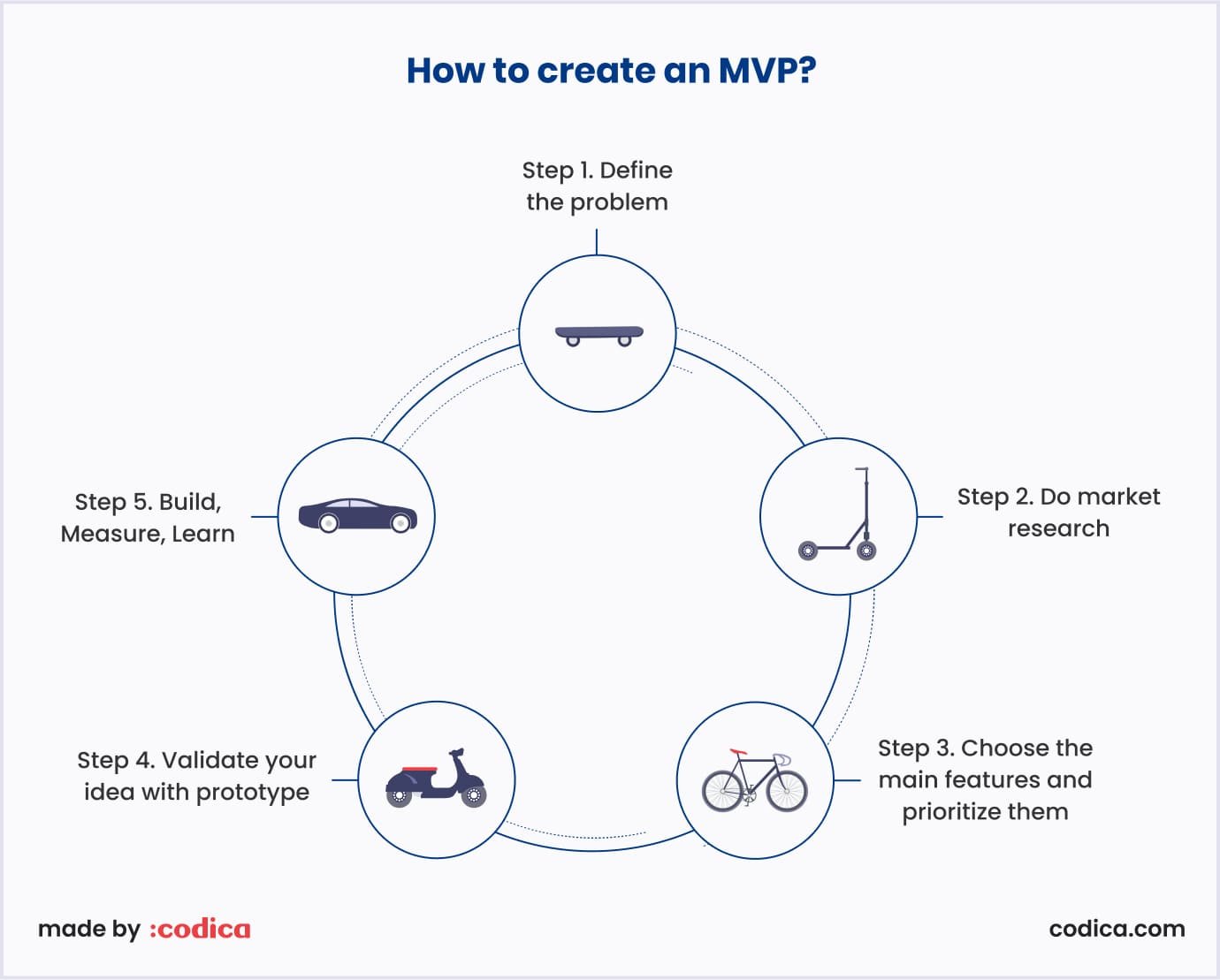
Here’s a step-by-step guide on how to create an MVP for startups:
Define the problem
Figure out the main problem your startup aims to solve. Successful businesses often address customers' genuine needs or pain points. Take time to understand the problem deeply, considering your target audience and their challenging issues. This initial MVP stage of startup is crucial as it lays the foundation for MVP creation.
Do market research
Conduct thorough market research to validate the demand for your solution. Identify your target audience, check out competitors, and understand market trends. This research helps you understand your potential customers better and ensures there is a viable market for your product.
Look for gaps in existing solutions and opportunities to differentiate your startup MVP development. Understanding your market is an ongoing process; staying informed about changes is vital for long-term success.
At Codica, our project discovery services are the perfect way to supercharge your MVP development. With a structured approach, you can clearly define your goals, assess risks, and identify the key features that will make your MVP a success. Want to know more about how we use project discovery to make magic happen at our company? Check out the video below.
Choose the main features and prioritize them
Once you have a solid understanding of the problem and market, it's time to define the core features of your MVP. Identify the features that directly address the main problem and add value to your users.
Prioritize these features based on their importance and potential impact. Remember, the goal is to keep the MVP simple and focused, allowing you to test the essential elements of your idea without unnecessary complexity.
Validate your idea with a prototype
Before investing time and resources into development, create a prototype to represent your MVP visually. This can be a low-fidelity version that demonstrates the key features and user flow.
Further reading: Prototype vs MVP: Understanding the Differences
Share it with potential users and get their feedback. Pay attention to how users interact with the prototype and note any pain points or areas for improvement. This step is crucial for refining your concept and ensuring your MVP aligns with user expectations.
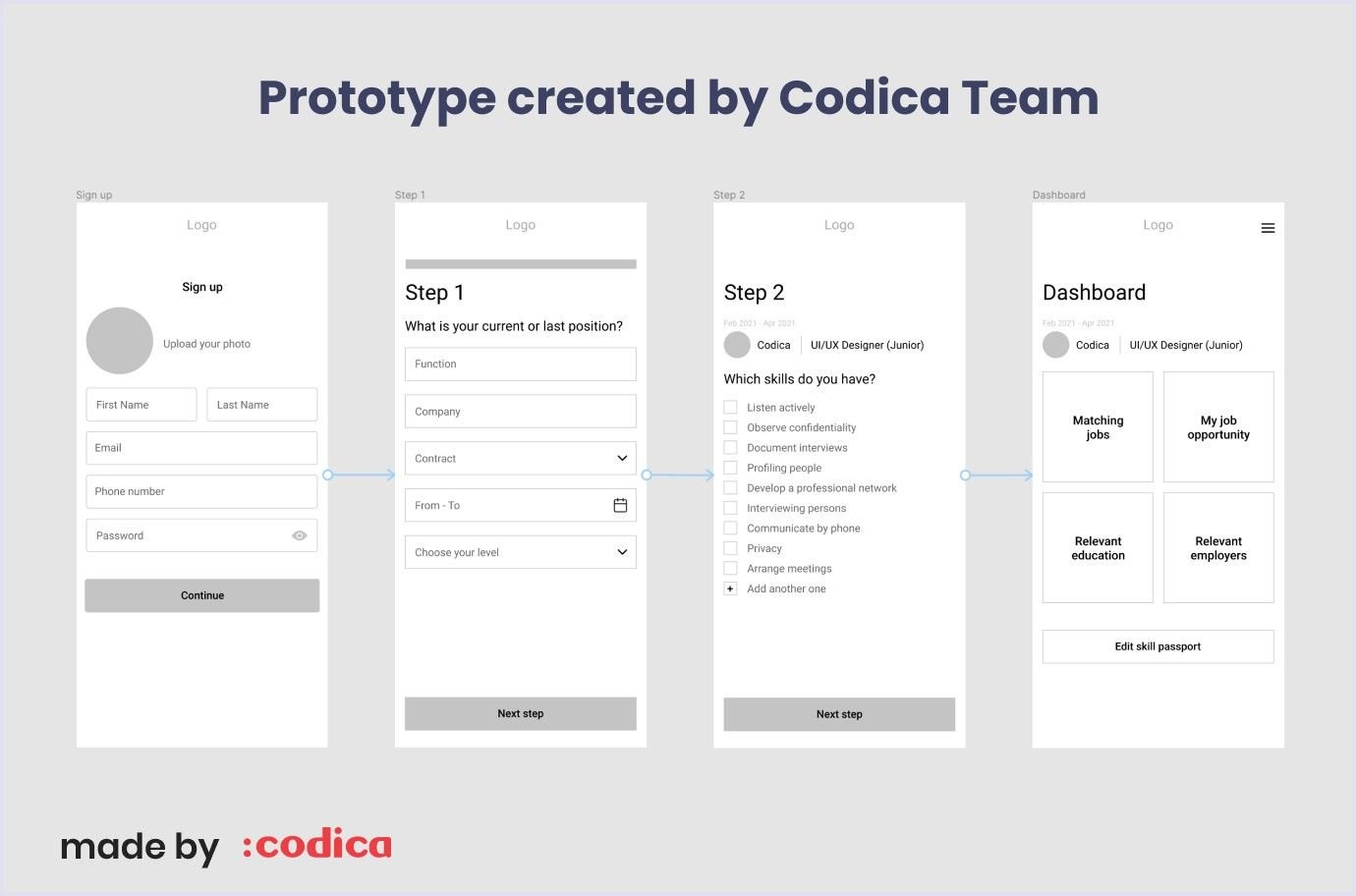
Build, measure, learn
With validated feedback from your prototype, it's time to build your MVP. Start with the core features and develop a functional but minimal version of your product.
Once launched, closely monitor user interactions and collect data on user behavior. Use this data to measure the performance of your MVP and gather insights. The "Build, Measure, Learn" cycle is iterative, allowing you to make informed adjustments and enhancements based on real user experiences (UX).
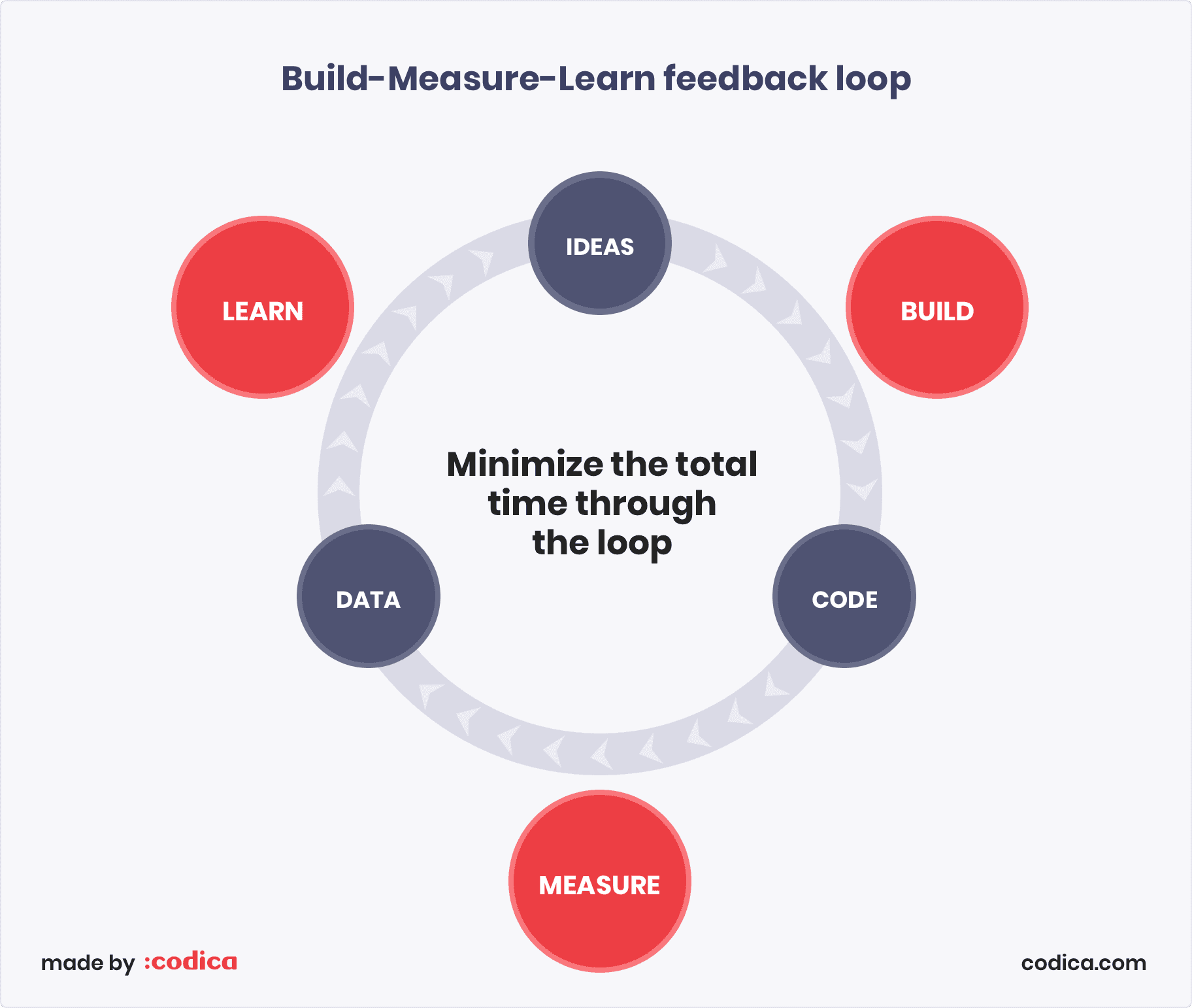
MVP development for startups represents a strategic approach to testing your business idea in a real-world setting. Remember, the key is to start small, learn fast, and adapt quickly to the evolving needs of your target audience.
Read also: Minimum Viable Product Design: How to Build a Successful MVP
Let’s launch a successful startup product together
Codica is a full-cycle software development company with over nine years of experience and a proven track record of success! And there's more! We also offer MVP development services. We have a unique approach that helps entrepreneurs validate their ideas quickly and affordably. Our experts work in an open and collaborative way, so you can useyour MVP as a strategic tool to understand market interest and potential success.
Quality and customer satisfaction are our core values, and we're proud to be the perfect partner for turning ideas into successful products! Here’s how we craft your MVP to drive growth for your startup:
Expertise in startup development
The Codica team specializes in working with startups and understanding the unique challenges we face. With our experienced developers and a track record of successful MVP launches, we have the knowledge and skills to transform your vision into reality.
Tailored solutions
At our company, we adhere to the principle of providing tailored solutions to meet the unique needs of our clients. Our specialists work closely with each startup to gain a comprehensive understanding of their specific requirements, industry trends, and target audience. This collaborative approach guarantees that your Minimum Viable Product (MVP) is not just a product, but a solution that meets your business goals.
At Codica, our team developed an MVP of a dental imaging management system. The client, who owns a dental imaging center in Israel, required a rapid testing phase. We assisted in the development of the basic version of the dental portal and improved how clinics and the imaging center work together.
Cost-effective development
Budget constraints are typical for startups, and we understand the importance of cost-effective solutions. We optimize the development process to deliver a high-quality MVP without unnecessary expenses, helping you make the most of your investment.
Rapid prototyping
Time is of the essence in the startup world. We employ rapid prototyping techniques, allowing you to quickly see and interact with your MVP. This iterative process ensures that we seamlessly incorporate your feedback, resulting in a product that aligns with your vision.
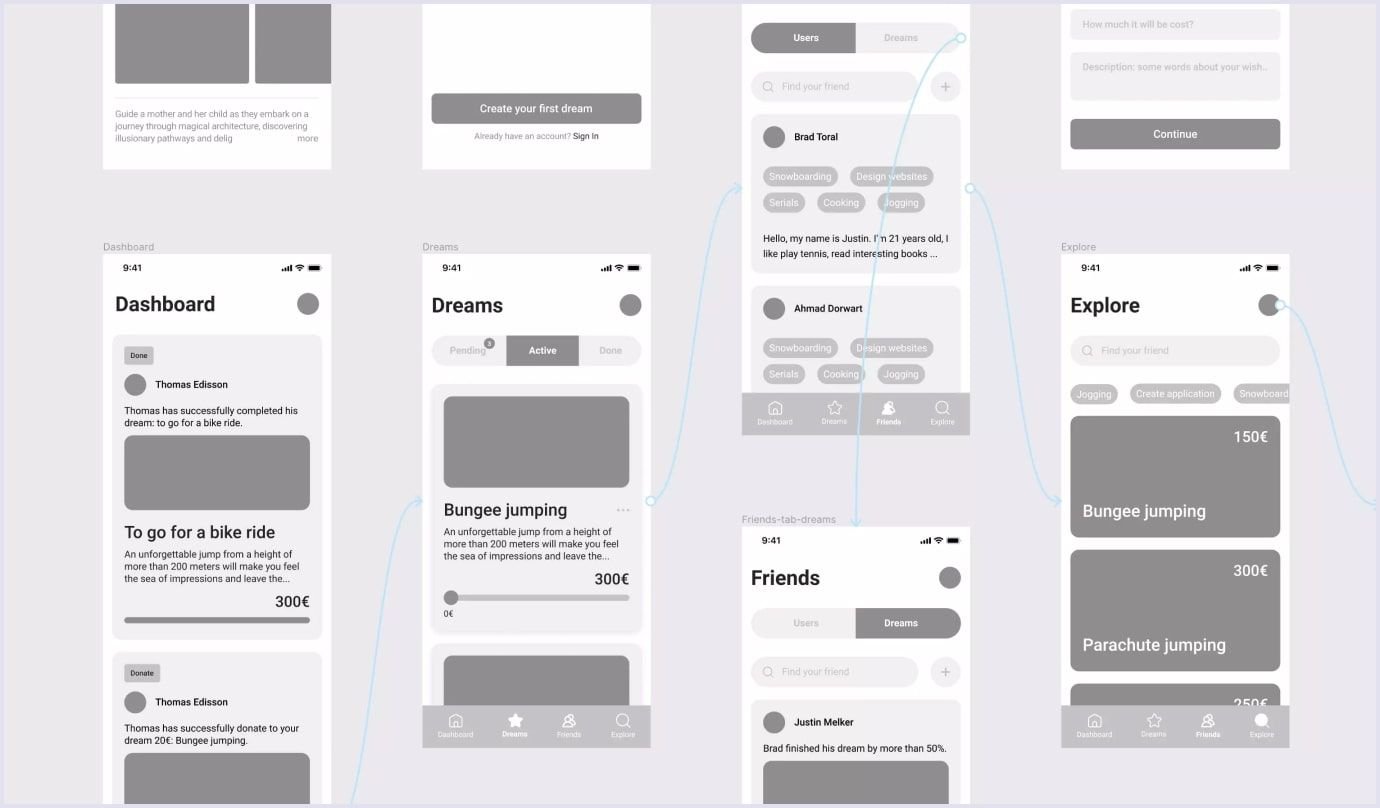
Scalability
While an MVP is a starting point, Codica builds products with scalability in mind. As your startup grows, your product can quickly evolve to meet the increasing demands of your expanding user base.
Thus, partnering with the Codica team for your startup MVP development is a strategic step towards turning your startup dream into a reality. With our expertise, personalized approach, and commitment to cost-effectiveness, we are your reliable ally in the competitive world of startup development.
Conclusion
In fact, using minimum viable products is very significant for startups. Starting a new business is uncertain, and MVPs act like a map, helping entrepreneurs find their way in uncharted territory. By focusing on the most important features first, startups can save resources, reduce risks, and get their products to market faster. The MVP approach encourages continuous improvement, allowing startups to quickly adapt to customer feedback and change trends.
If you want to create a basic version of your product, our team can assist you. Our startup MVP development company has vast experience in marketplaces, travel, e-commerce, finance, healthcare, and more. Feel free to contact us for any inquiries or information you may need. Additionally, we invite you to explore our portfolio, where you can check our diverse projects.
